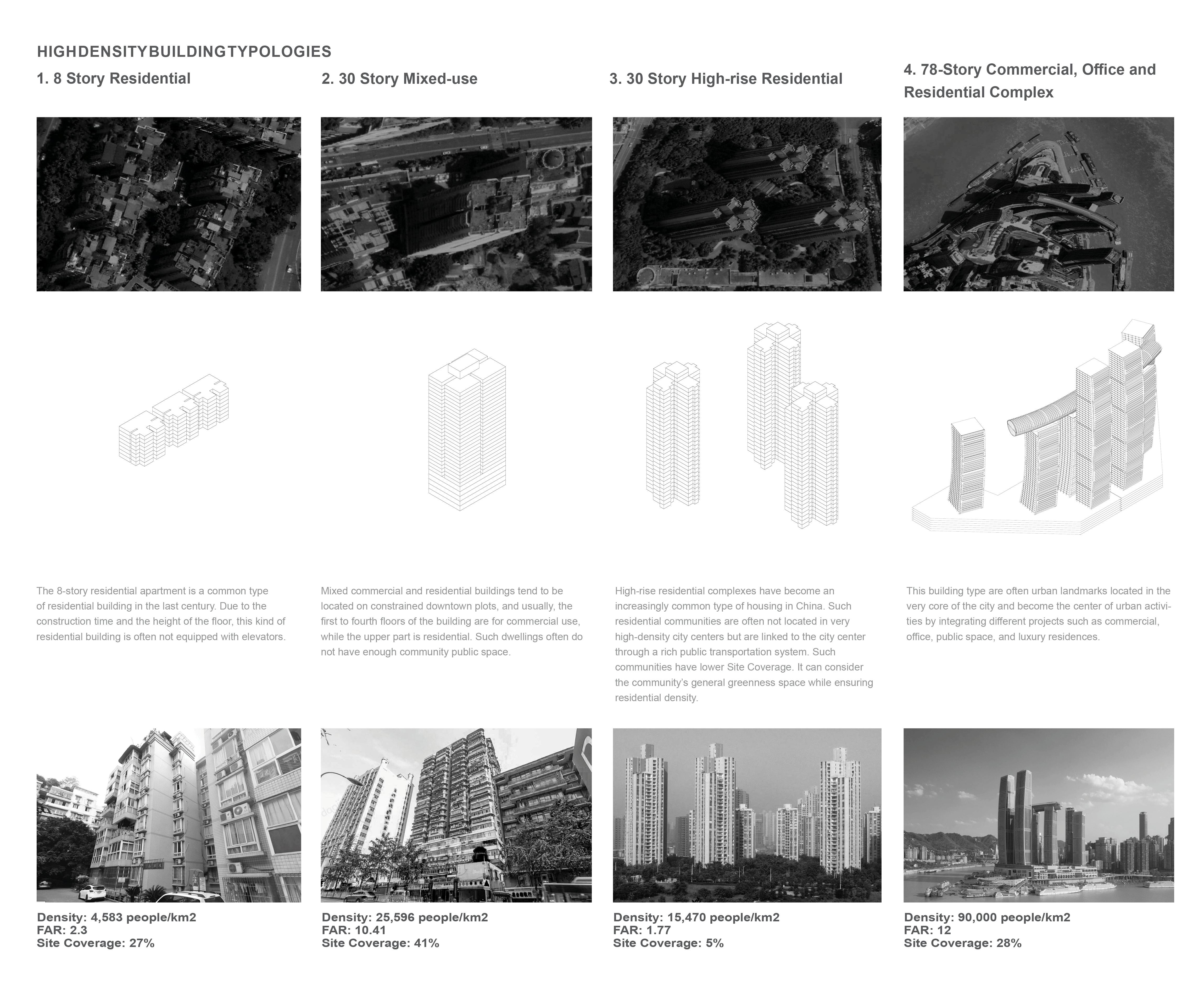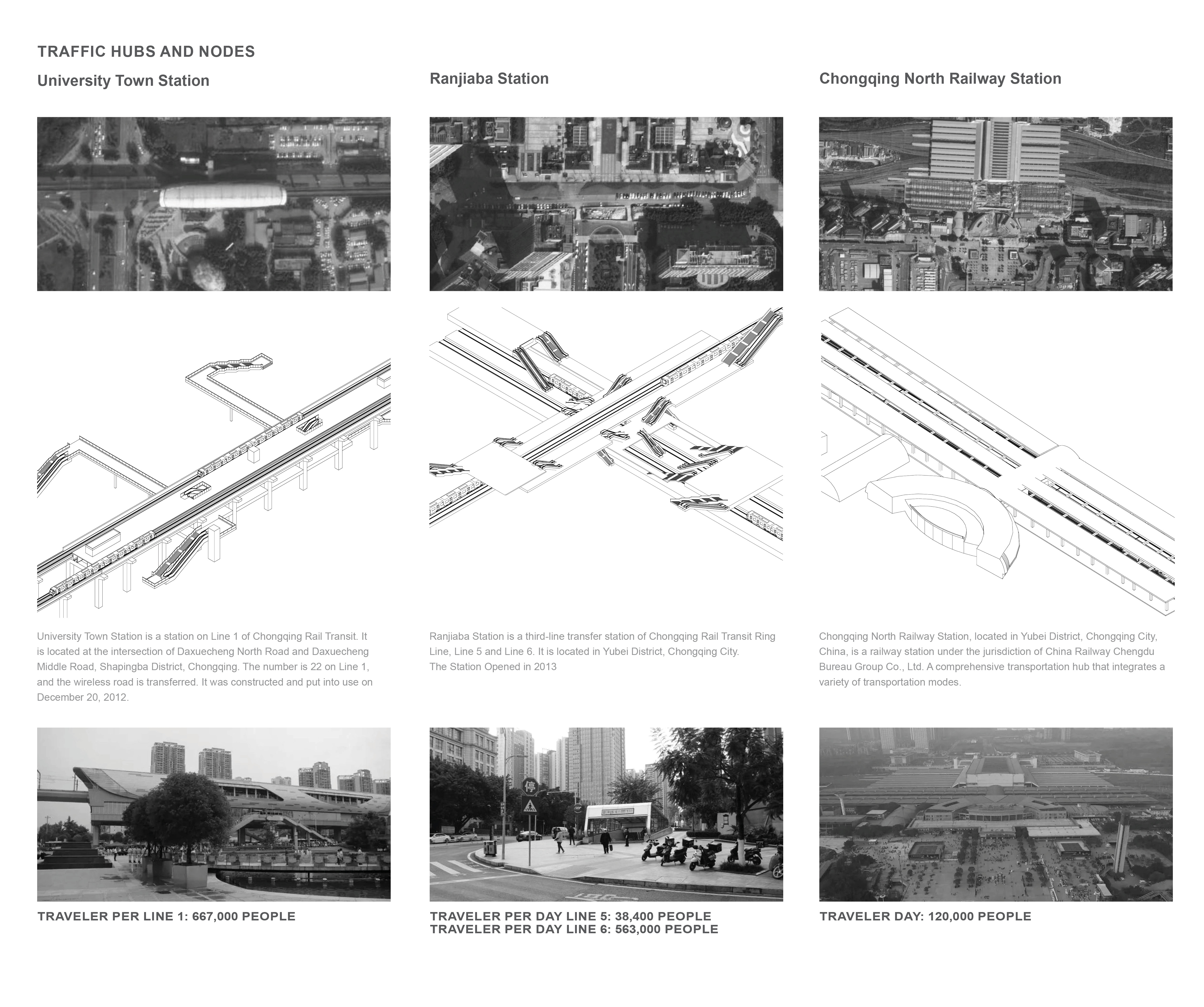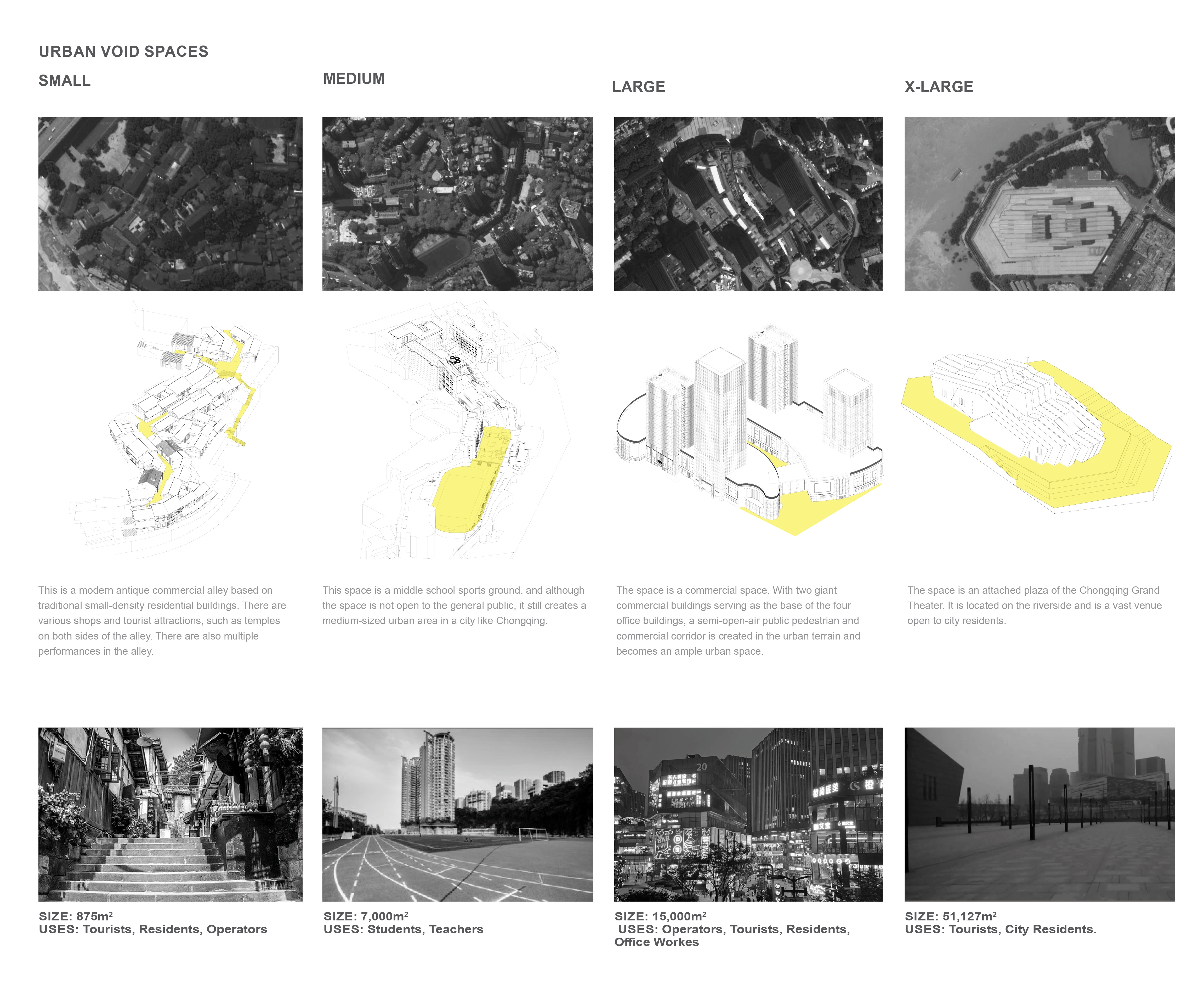XX
. Chongqing, China



Chongqing, China
Chongqing, China — Lu LI, Haoyu Zhou
Chongqing is a municipality in southwest China. The Chongqing administrative municipality has a population of 32,054,159. The city of Chongqing comprises 9 urban and 29suburban districts. According to the 2020 census, Chongqing is the most populous Chinese municipality, and also the largest direct-controlled municipality in China, containing 26 districts, 8 counties, and 4 autonomous counties.


Left: Shapingba, Chongqing. Right: liziba, Chongqing

Chongqing, China
Population:
Central districts: 10,343,462 people
Suburban districts: 21,710,697 people
Area:
Central Districts: 5,467 km2
Suburban Districts:: 76,936 km2
Population Density:
Central Districts Average: 1,891.98 people/km2
Suburban Districts Average: 282.19 people/km2
Politics:
Administratively, Chongqing is one of the four municipalities under the direct administration of the central government of the People’s Republic of China (the other three are Beijing, Shanghai and Tianjin), and the only such municipality located deep inland. The municipal People’s Government serves as the day-to-day administrative authority and is headed by the mayor, who is assisted by numerous vice mayors and mayoral assistants. Each vice mayor is given jurisdiction over specific municipal departments.

Top Left: Liziba Station. Top Right: Jiefangbei Pedestrian Street.
Bottom Left: Hongyadong. Bottom Right: High Rise residential area
![]()
![]()
![]()
Chongqing, China. High Density Buildig Typologies
![]()
![]()
Chongqing, China. Means of transportation
![]()
![]()
Chongqing, China. Traffic hubs and nodes
![]()
![]()
Chongqing, China. Urban Void Spaces
Bottom Left: Hongyadong. Bottom Right: High Rise residential area



Chongqing, China. High Density Buildig Typologies


Chongqing, China. Means of transportation


Chongqing, China. Traffic hubs and nodes


Chongqing, China. Urban Void Spaces
Sha Ping Ba, Chongqing:
Area: 395.83 square km
Population: 1,477,000 people
Population Density: 3,732 people/km2

Yu Bei, Chongqing:
Area: 1452.03 square km
Population: 2,191,000 people
Population Density: 1,509 people/km2

Sha Ping Ba
Area: 395.83 square km
Population: 1,477,000 people
Population Density: 3,732 people/km2

Nan An, Chongqing:
Area: 220.8 square km
Population: 926,500 people
Population Density: 4,196 people/km2

Yu Zhong, Chongqing:
Area: 20.08 square km
Population: 662,000 people
Population Density: 32,968 people/km2

Yu Zhong
Area: 20.08 square km
Population: 662,000 people
Population Density: 32,968 people/km2

STEPS, Chongqing
The project is designed to provide affordable housing and workspace in a rapidly growing urban center. The project is located in the Shibati area, an urban commercial area based on ancient buildings in Chongqing. In the city’s rapid development, the Shibati area has experienced the emigration of urban residents to cope with the increasingly high living costs. The project attempts to provide a convenient living space in the city’s center for residents who used to live nearby and new urban residents by introducing high-density living space.
The project is inspired by the scale of the ancient buildings in the surrounding area; these traditional urban fabrics become a model for measuring the space required for the daily life of the residents. The basic building blocks for building high-rise buildings are created by analyzing these templates. And according to the type of users to provide different sizes of living units. At the same time, the scale of commercial space and office space is also generated accordingly. And through the properties of the different combined spaces in the location, public spaces of different sizes are created for different types of users. These measures ensure that the project remains a high-rise mixed-use project with the diversity of a traditional city block.
While meeting the above design goals, the project also explores the provision of green space on each floor in a high-density living space. It explores the vertical distribution of multiple public spaces to maintain the neighborhood in traditional blocks. Exchange and communication. Yes, a more harmonious community culture can be based on this.


Project Details
— AQQ